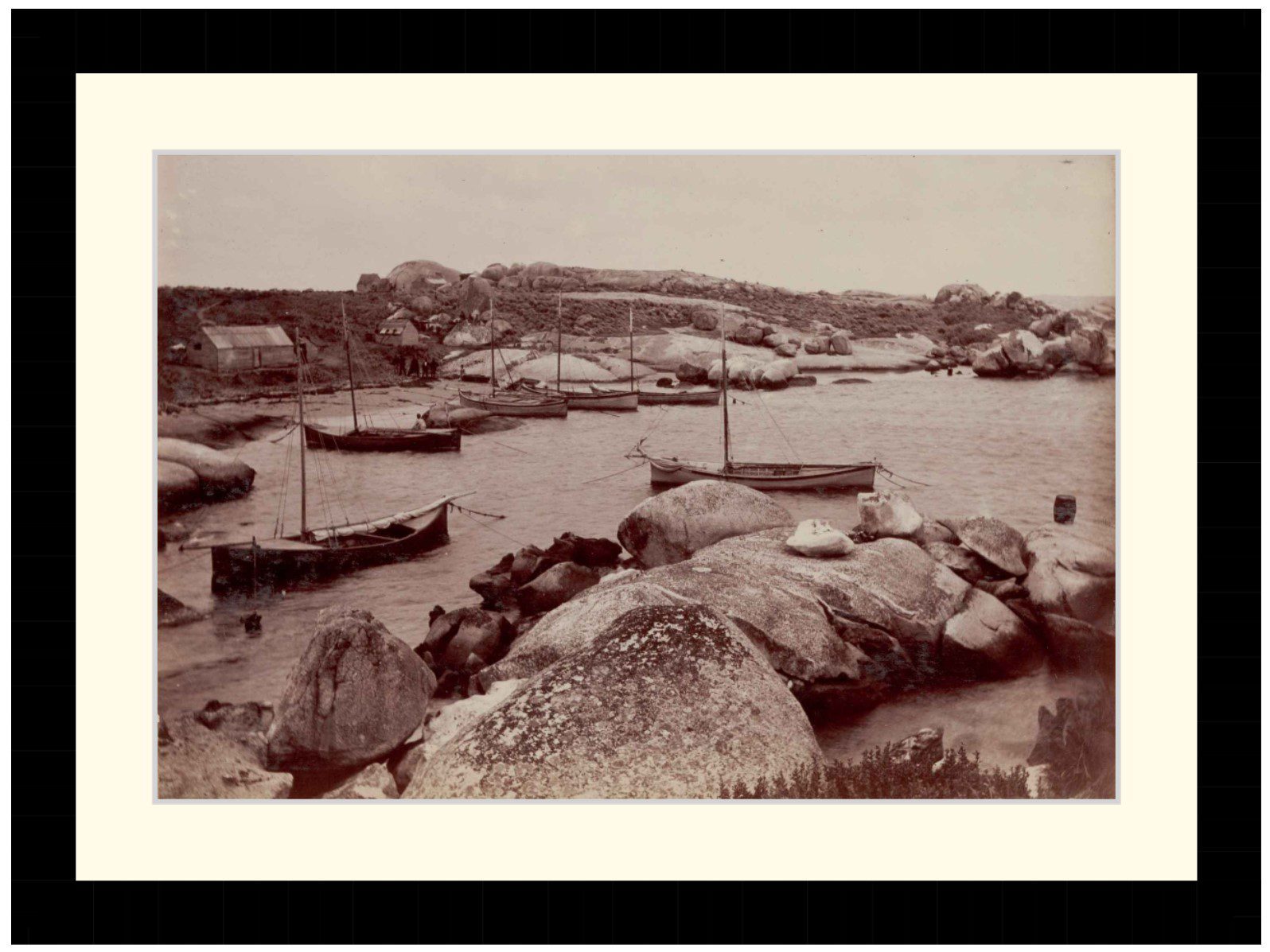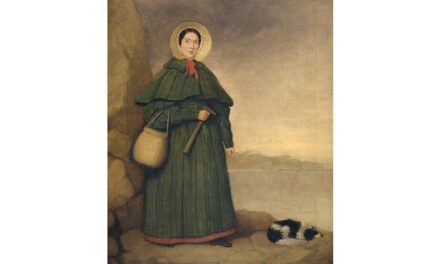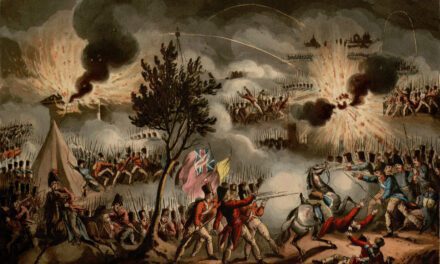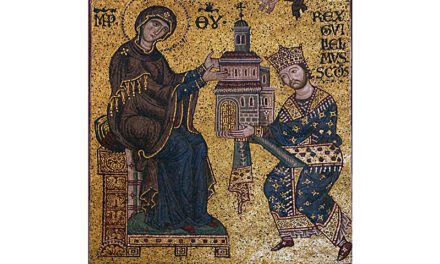History Guild General History Quiz 196
See how your history knowledge stacks up!
Want to know more about any of the questions? Scroll down to learn more!
Have an idea for a question? Suggest it here and we’ll include it in a future quiz!
The stories behind the questions
1. When is the only time in English history that a daughter has succeeded her mother as ruler?
Ælfwynn succeeding Æthelflæd – Æthelflæd, eldest daughter of Alfred the Great, was born around 870 at the height of the Viking invasions of England. Æthelflæd ruled the Anglo-Saxon kingdom of Wessex from 911 until her death in 918. She was a successful ruler who was well respected by her subjects and subordinate lords. Her daughter Ælfwynn took power after her death as the ‘Second Lady of the Mercians’, however she only ruled for a few months before much of Mercia was absorbed into the kingdom of the Anglo-Saxons and she probably entered holy orders.
2. What was unusual about the ships Orion, Kormoran, Komet and Orion?
They were all warships disguised as neutral merchant vessels – These ships were German Auxiliary commerce raiders, active at the beginning of WW2. Between them they sank or captured 62 ships, including sinking HMAS Sydney with all hands on 19th November 1941.
3. What were Jewish converts to Christianity during Inquisition era Spain called?
Conversos – Ferdinand II of Aragon and Isabella of Castile argued that they needed to examine the piety of Jewish and Muslim converts in their realm, known as Conversos and Moriscos respectively.
Unique among Inquisitions, the Spanish Inquisition was controlled by local monarchs, rather than directly by the Pope.
This was followed in 1492 by the Alhambra decree, which expelled all practicing Jews. This decree was only rescinded in 1968.
4. Which of these countries was ruled by a monarch for the shortest period?
Germany – 47 years, 1871 to 1918.
Denmark – 1314 years, 770 to now.
Japan – 2683 years, 660 BCE to now.
Sweden – 1053 years, 970 to now.
5. What were the Phoenicians best known for?
Maritime trade, especially their use of the bireme – Phoenicia was an ancient Semitic-speaking civilization that originated in the Levant region of the eastern Mediterranean, primarily located in modern Lebanon. It was concentrated along the coast of Lebanon and included some coastal areas of modern Syria and Galilee. At its height between 1100 and 200 BCE, Phoenician civilization spread across the Mediterranean, from the Levant to the Iberian Peninsula.
6. Which conflict was Operation Bagration part of?
WW2 – This offensive, fought between 22 June and 19 August 1944 hurled around 2 million Soviet soldiers against the German Army Group Centre, destroying 28 of its 34 divisions. This was the biggest defeat in German military history, with around 450,000 German casualties and another 300,000 German soldiers cut off in the Courland Pocket on the Baltic Coast.
7. When was the first photograph produced?
1826 – The oldest known photograph was created by Nicéphore Niépce, entitled ‘View from the Window at Le Gras’. He went into partnership with Louis Daguerre, rapidly improving the processes, enabling them to produce the first photograph of a person in 1838.
8. Which of these Cold War conflicts did Australia commit combat troops to?
All of the above – Australia has a long and deep history of involvement in the Cold War. Find out more about this at the Game of Dominoes: Australia’s Security and the Cold War Conference in Melbourne 13-14th April 2024.
9. Which of these historic films were released first?
Frankenstein – 1931
Casablanca – 1942
12 Angry Men – 1957
Spartacus – 1960
10. How long elapsed between the reign of Henry V and the Shakespeare play about his life?
177 years – Henry V died in 1422, the play was first performed in 1599, during the reign of Elizabeth I.








